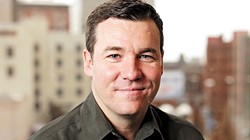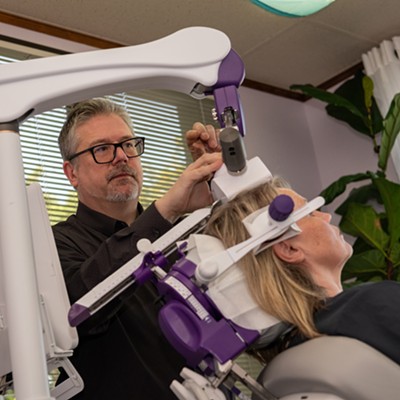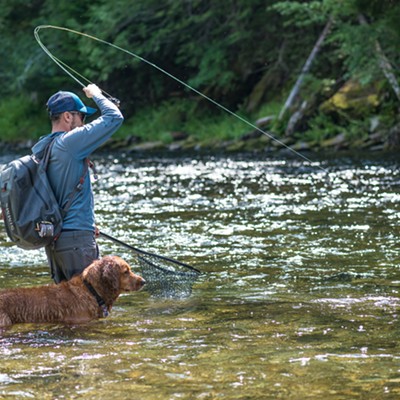Lice are a great scourge of modern society. I know of no upside to lice, other than they are a great vehicle for humility. Lice can affect any age, gender or socioeconomic class — although they are a bit more common in girls. It is believed the lice prefer clean hair. (I suspect that is why my kids have never had them.)
Prevention can be tough. I am aware of a few studies that have looked at melaleuca oil (tea tree oil) with or without lavender oil, with some reasonable results to suggest a bit of prevention. However, I know of no specific product out there intended to prevent infestation. Also, some experts suggest, without much rigorous evidence, that tea tree oil and lavender oil may hasten pubertal changes — so take your pick: lice or teenagers.
Knowing the life cycle of lice helps to understand the reasoning behind the timing of treatment. An adult louse can live about 24 hours without feeding on blood, surviving slightly longer in warm weather. If it doesn't feed, it dies. Paralyze it and it can't feed. The lice shampoos paralyze arthropods like lice (not humans — we have a blood brain barrier). It's all about timing. It takes 2 to 3 days after mating for an adult lice to lay eggs (nits); It takes 7 to 12 days for the eggs to hatch; it takes 9 to 12 days for juvenile nymphs to mature to reproductive age.
So the first treatment is designed to kill all the crawling lice. By applying a second treatment after 10 days, all the original nits should have hatched, and still be 9 to 12 days away from being able to lay eggs. Therefore, re-treating 10 days after the first treatment is the recommendation, all the while being careful about not sharing hats, combs, etc.
Then repeat home hygiene measures after the second treatment, and all should be well. Over-the-counter options like Nix or RID are the way to start. There are some resistant strains of lice emerging in the southeast United States, so failure is possible, but it usually seems like suboptimal timing and technique are to blame in cases of reinfestation. There are some prescription products available, but most insurance plans want to see over-the-counter failure twice before they will pay for those.

















